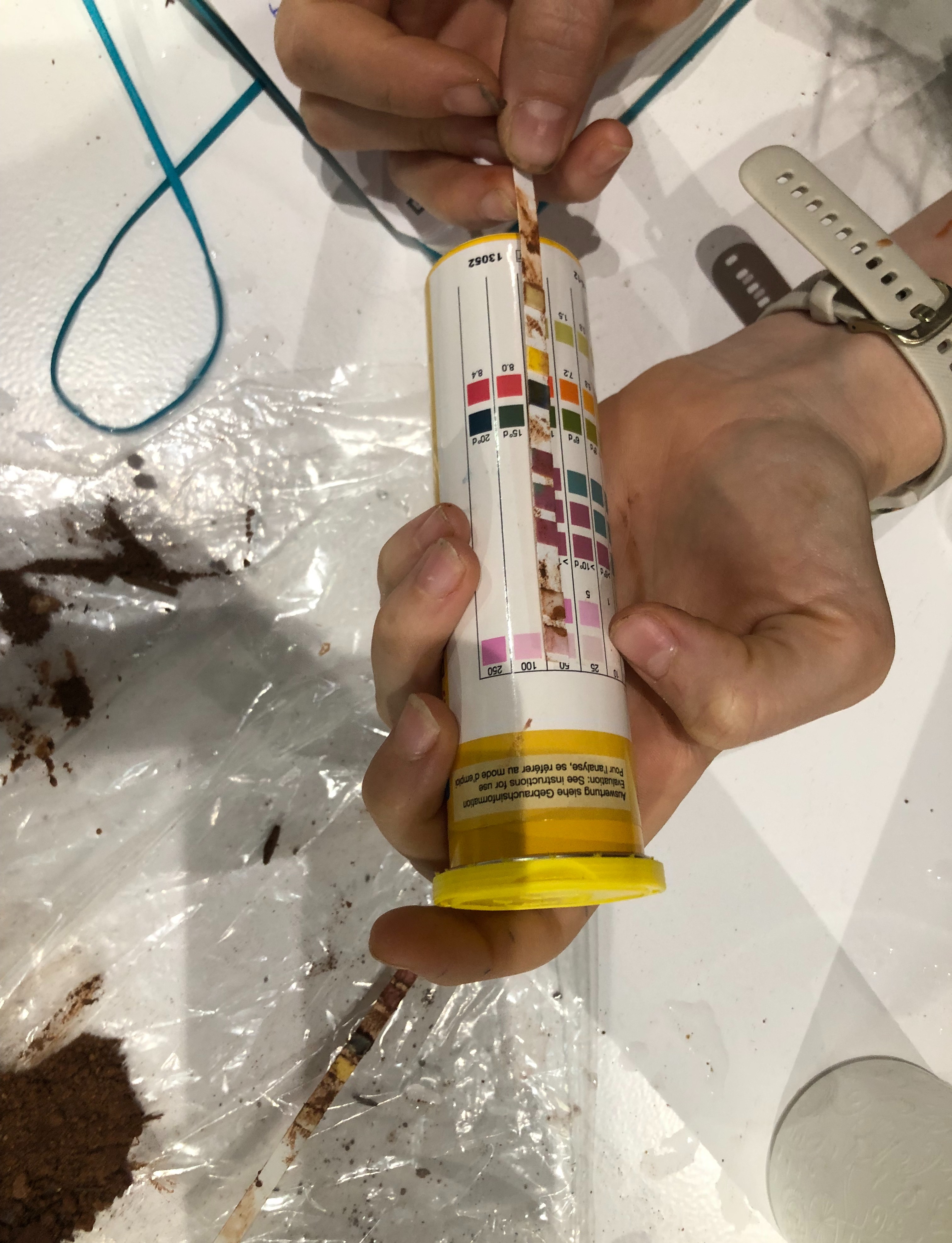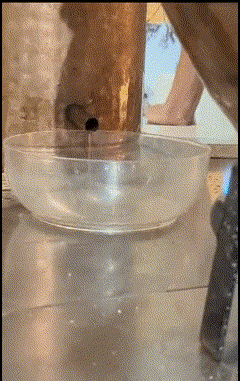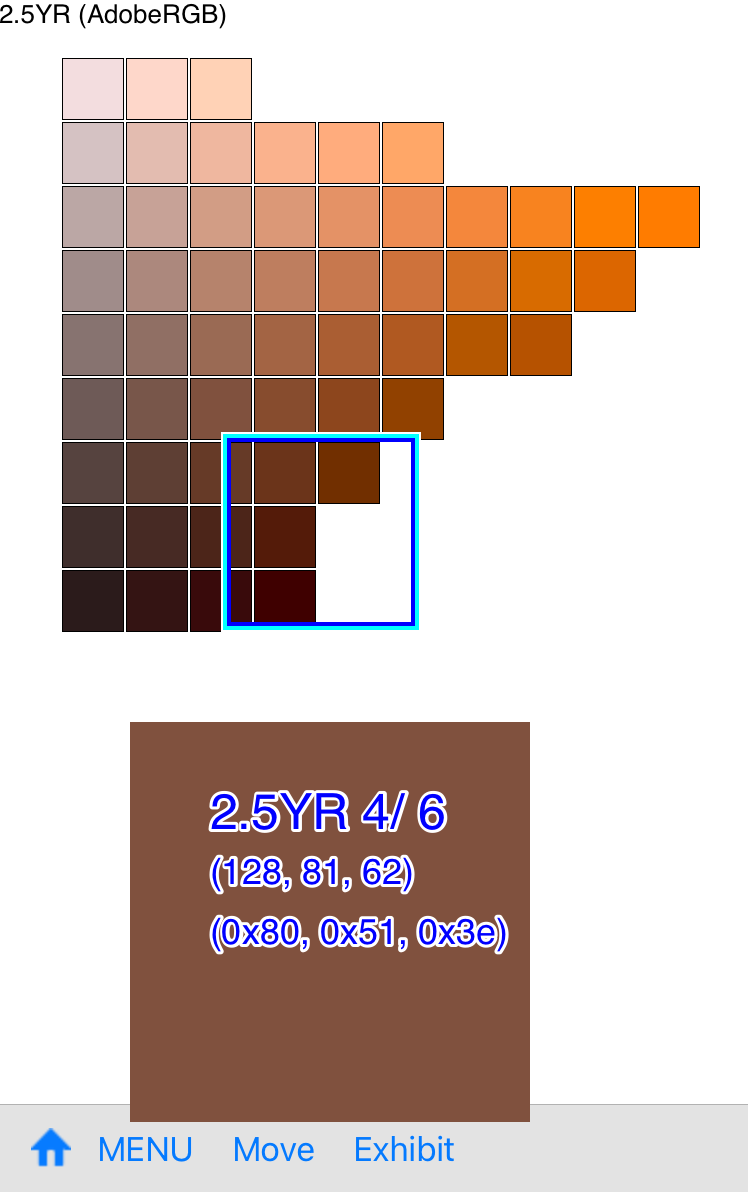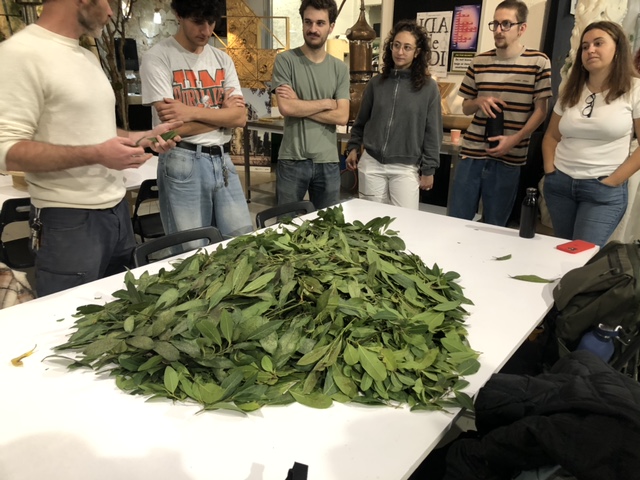
Throughout this course, we explored diverse agricultural models that could serve as alternatives to our existing agricultural system. The coursework encouraged me to delve deeply into the intricate web of challenges in our agricultural practices. The current system involves a multitude of processes that hold the potential for transformation and evolution over time. Whether addressing issues related to manual labor, energy consumption, chemical usage, soil depletion, overproduction, or waste generation, these subjects could benefit from exploration through the lens of alternative models enhanced by new technologies.
On another hand, one should be conscious of the potential drawbacks of over-designing technological solutions. For example, a significant challenge in large-scale agriculture is weed management. Certain agricultural models, such as food forests or permaculture, require less weeding due to their distinctive growth patterns. While it is recognised that these models may not match the scale of production seen in traditional agriculture, the exploration of these alternatives, coupled with the incorporation of ancient knowledge, remains a compelling path for investigation.
Valldaura Self-sufficient Labs is a project promoted by the Institute for Advanced Architecture of Catalonia for the creation of a self-sufficient habitat research centre. Located in the Collserola Natural Park, in the heart of the metropolitan area of Barcelona, it has laboratories for the production of energy, food and things, and develops projects and academic programmes in association with leading research centres around the world.
https://iaac.net/research-departments/valldaura-self-sufficient-labs/

By groups of five, we were given soil to analyse. The goal of the exercise was to understand soil composition and properties by conducting a number of tests.
Touch test- by mixing soil with a certain amount of water see how well you can shape it.
Ph test- check ph of soil
Colour test- using Munsell Viewer App
We concluded that the sort of soil is most probably clay.




During our trip to Valldaura a few of our classmates had the luck of picking a large amount of laurel leaf's on the property. The next day we started the process of making the essential oil. The first step was to separate each leaf from its stem and scrunch it, so that the liquid inside the leaf escapes faster.
Remark- I wasn't aware of that huge quantities of plant material are needed to create a very small quantity of essential oil. This observation also brings questions on the way essential oils are produced. If it's so broadly common it means its produce at large scale, does that mean that pesticides are involved? I was asking myself this question because Jonathan explained that the Laurel trees were infected by pests (we could see it while sorting the leaf's).
The next step was preparing the copper distiller. With a mix of flower and water Vania created a paste to apply to the distiller.


Free AI Website Creator